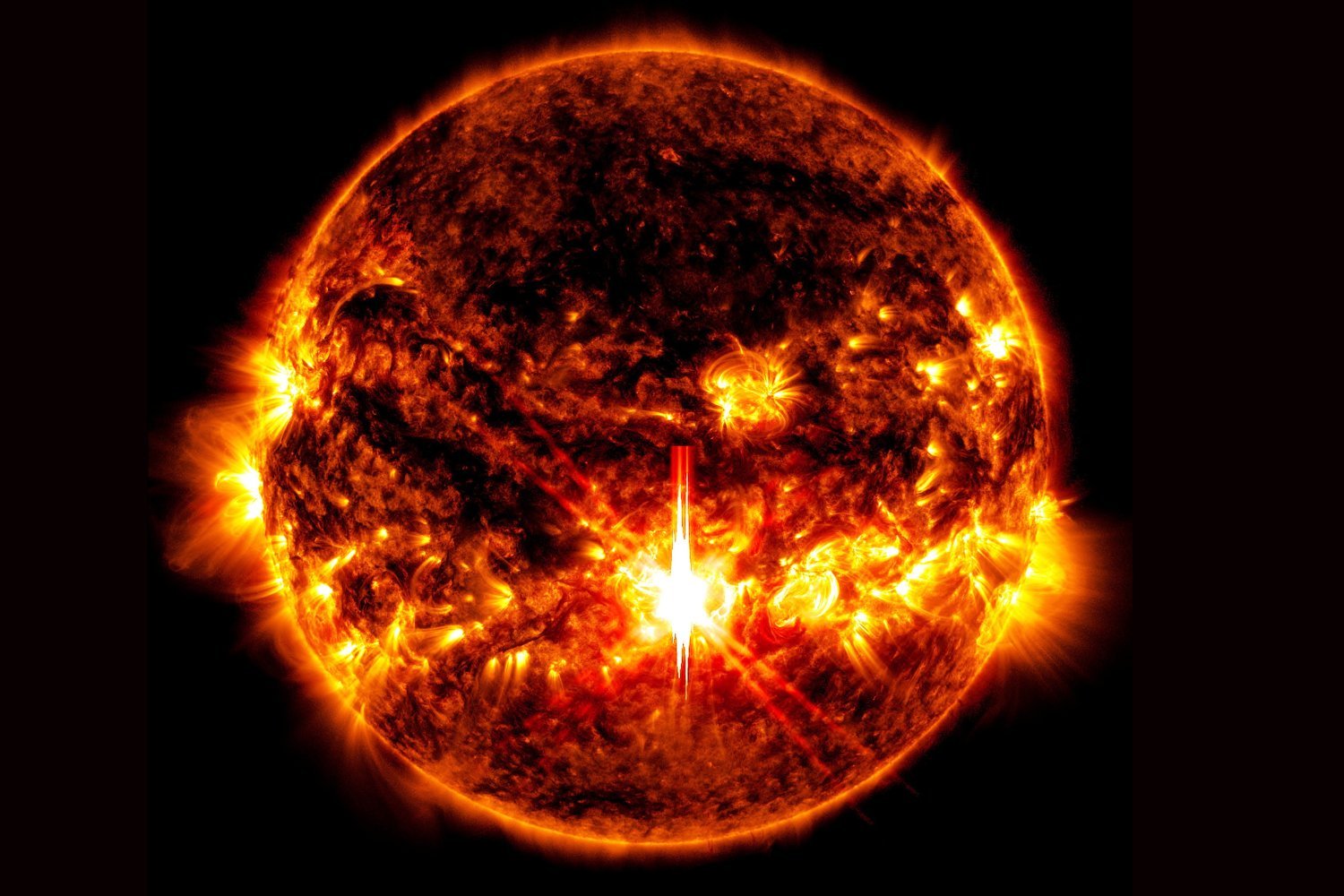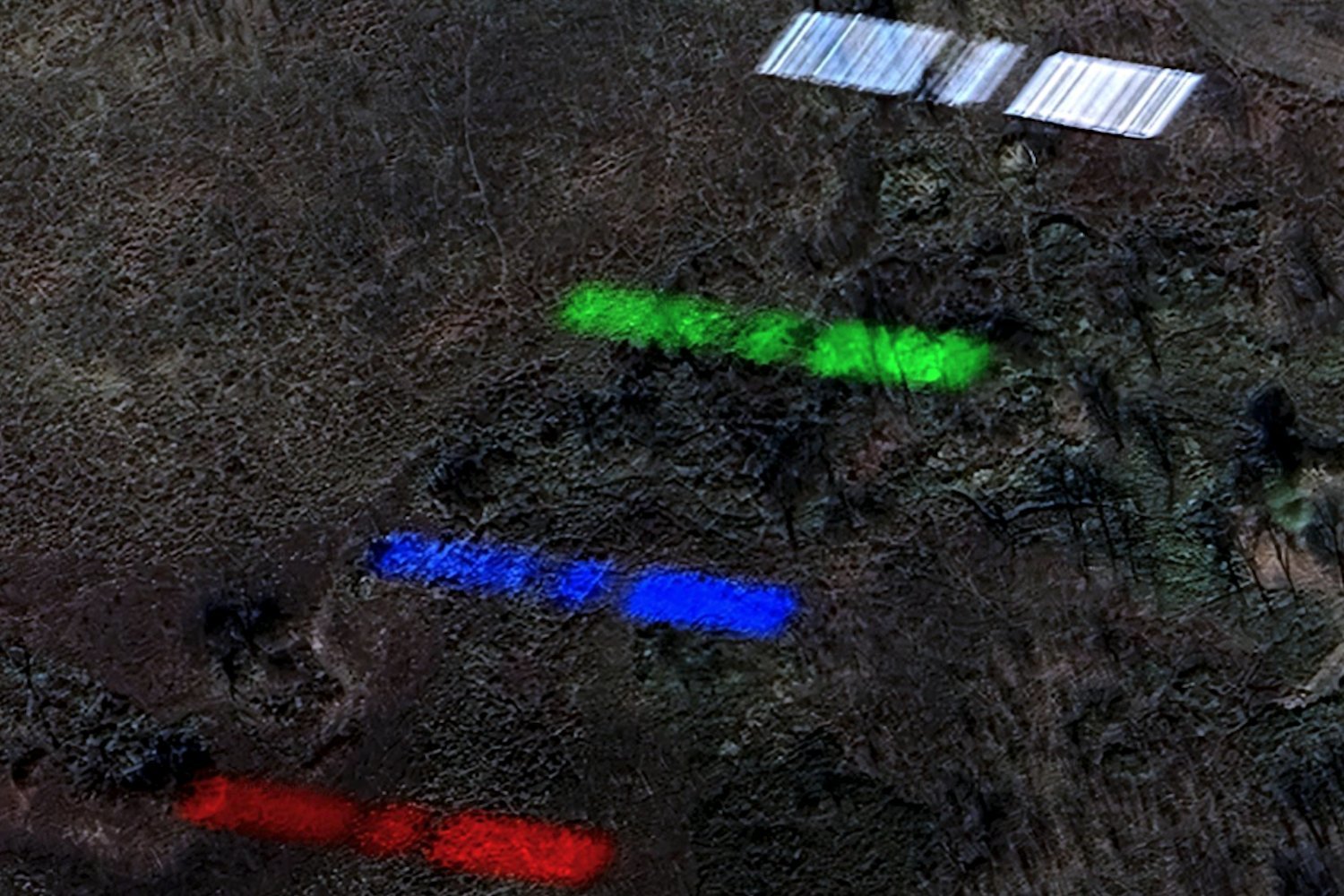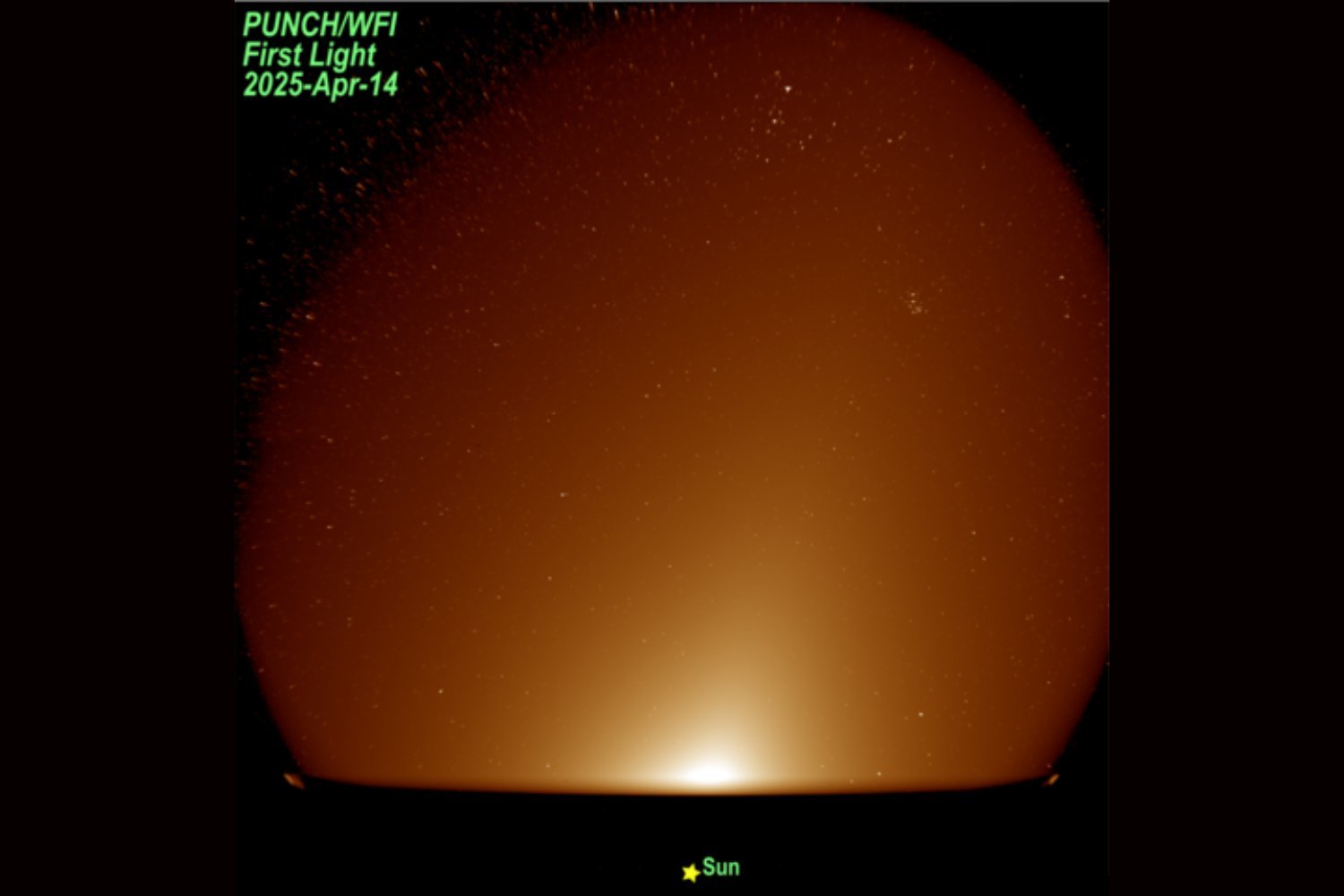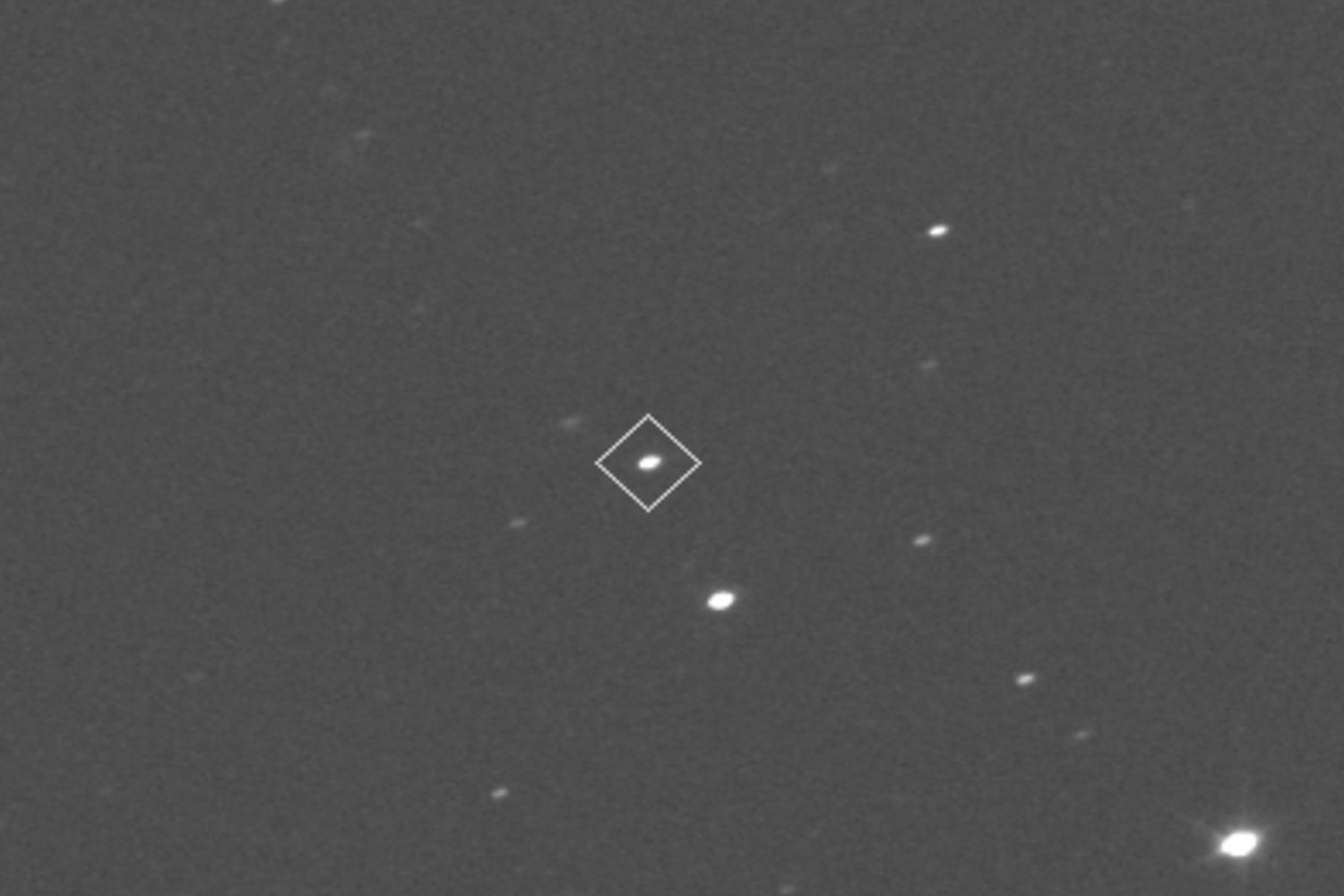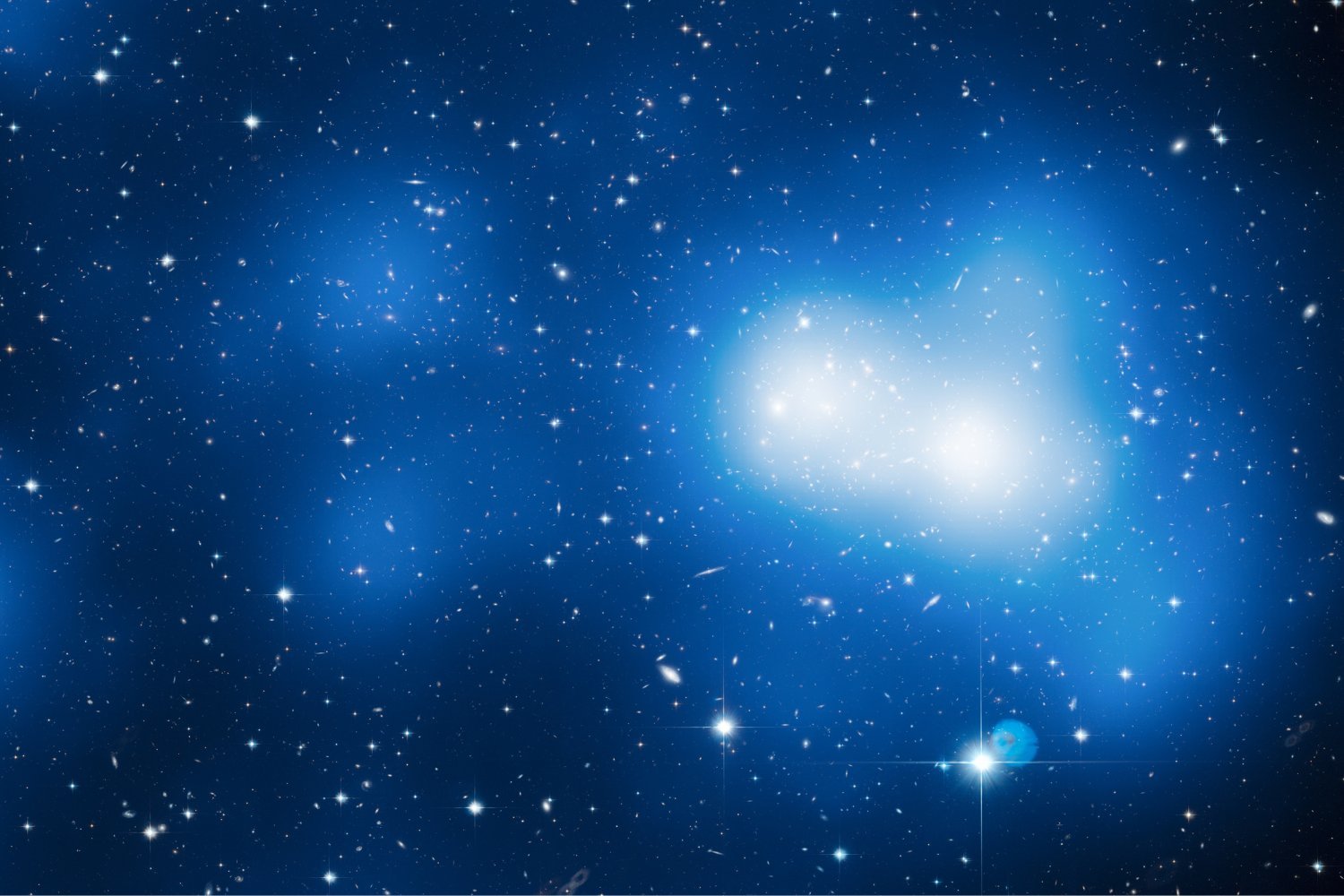Two coronal mass ejections (CMEs), originating from magnetic filament eruptions on the Sun, are predicted to impact Earth’s atmosphere on April 16th, potentially creating stunning auroral displays visible across parts of the northern United States. According to NOAA’s Space Weather Prediction Center, these CMEs could result in a G2-class (moderate) geomagnetic storm, enhancing aurora visibility across regions like New York and Idaho.
This celestial event stems from a rare solar double feature observed over the weekend. The near-simultaneous arrival of the two CMEs, launched from the Sun on April 13th, is expected to amplify the geomagnetic effects, extending the auroral visibility further south than usual. The NOAA bulletin indicates that these effects may persist through April 17th.
The Sun’s 11-year cycle, during which its magnetic field reverses, contributes to these dynamic solar events. This cycle influences the creation of sunspots – intense magnetic field regions on the solar surface. Sunspots act as catalysts for powerful solar activity, including solar flares and CMEs.
These energetic solar outbursts propel charged particles towards Earth. Upon interaction with Earth’s atmosphere, these particles can trigger various phenomena, including radio signal disruptions, potential impacts on power grids, and the breathtaking auroras.
As Shawn Dahl, a service coordinator for the Space Weather Prediction Center, explained to maagx.com in 2023, heightened solar activity is anticipated throughout this year, next year, and even into 2026. This elevated activity aligns with the current solar cycle maximum.
Increased geomagnetic storms are a natural consequence of the Sun’s cyclical activity. While events like the 1859 Carrington Event are rare exceptions, most geomagnetic storms pose minimal disruption to daily life. Instead, they offer a unique opportunity to witness the Sun’s power, manifested in spectacular auroral displays across our planet’s skies.
In conclusion, the impending arrival of the two CMEs presents an exciting prospect for skywatchers across the northern United States. While the potential for a G2-class geomagnetic storm exists, the primary outcome is likely to be enhanced aurora visibility. This event underscores the dynamic nature of our Sun and its ongoing influence on Earth’s environment.



